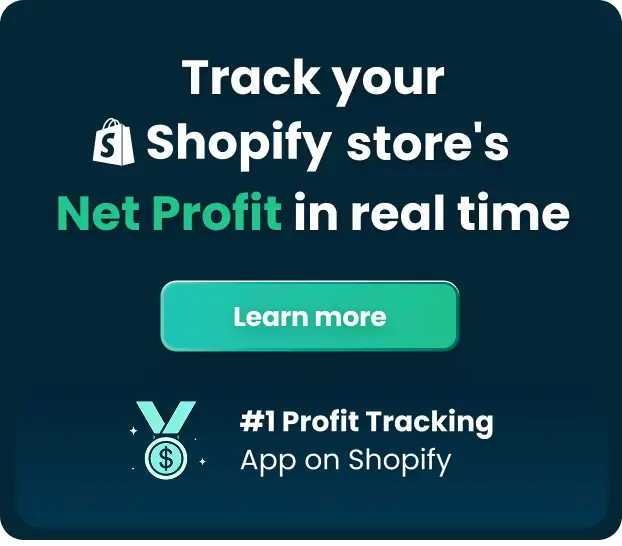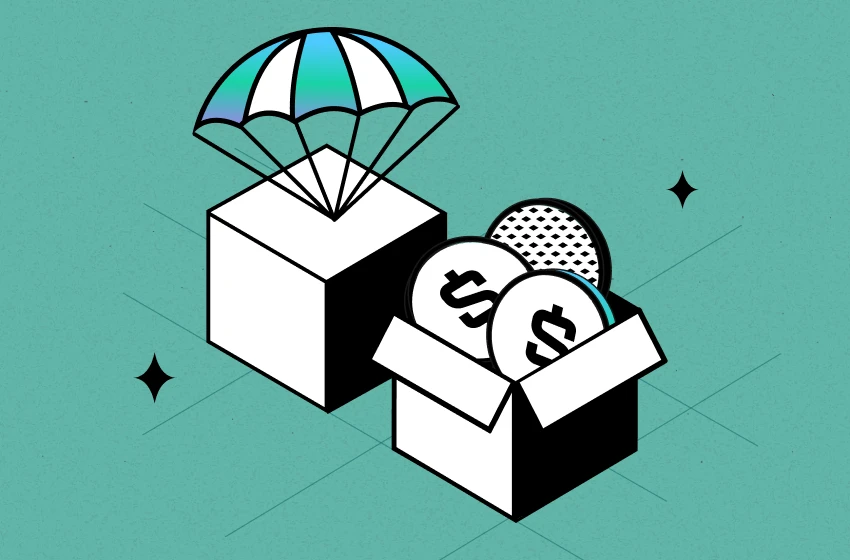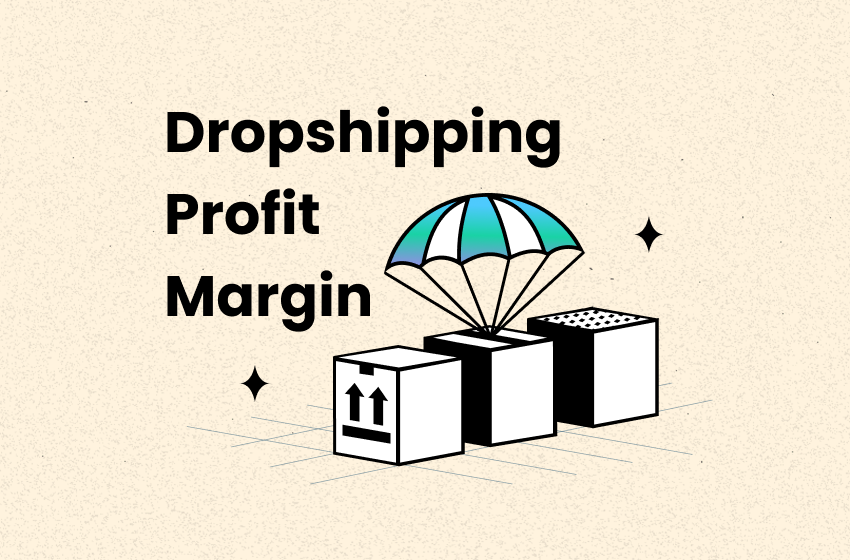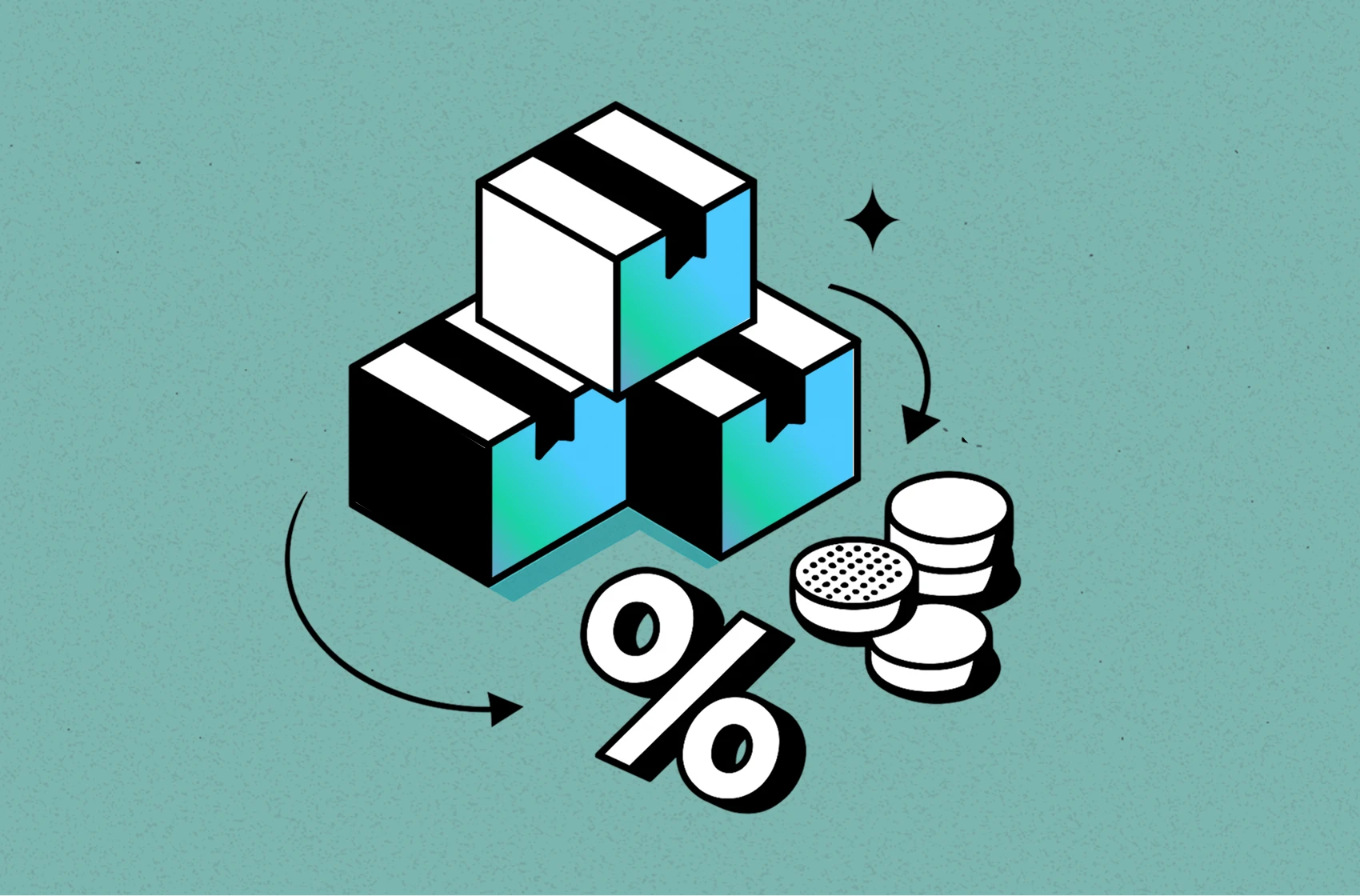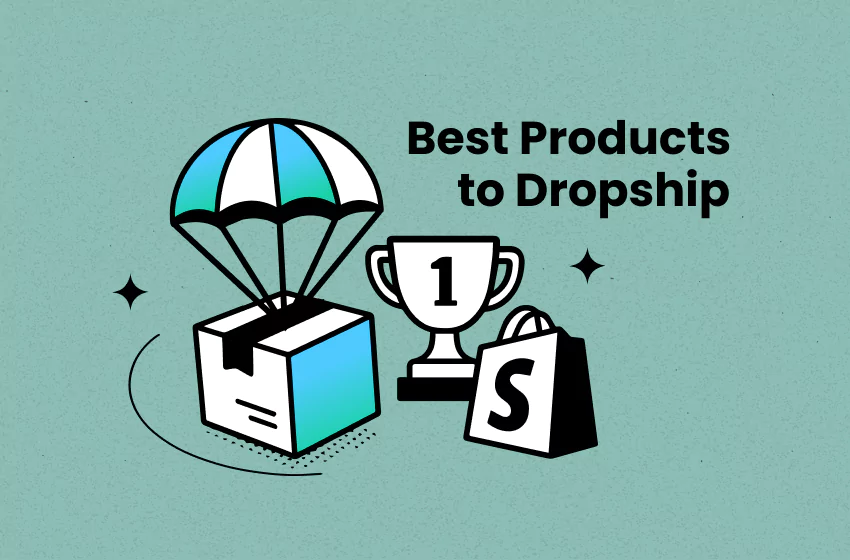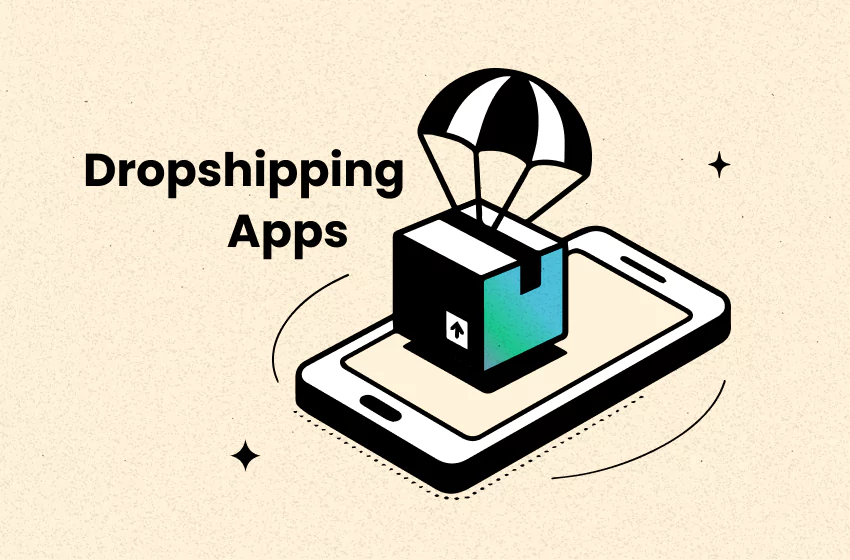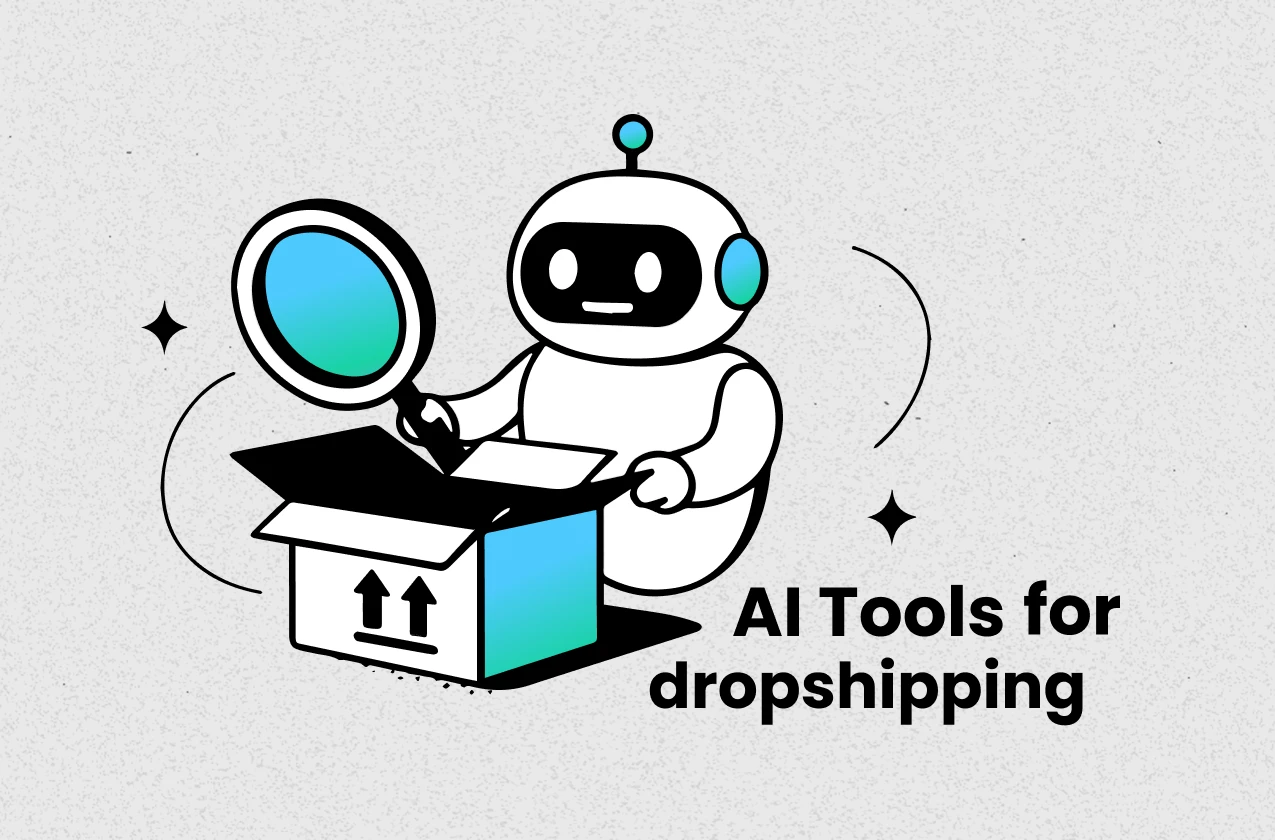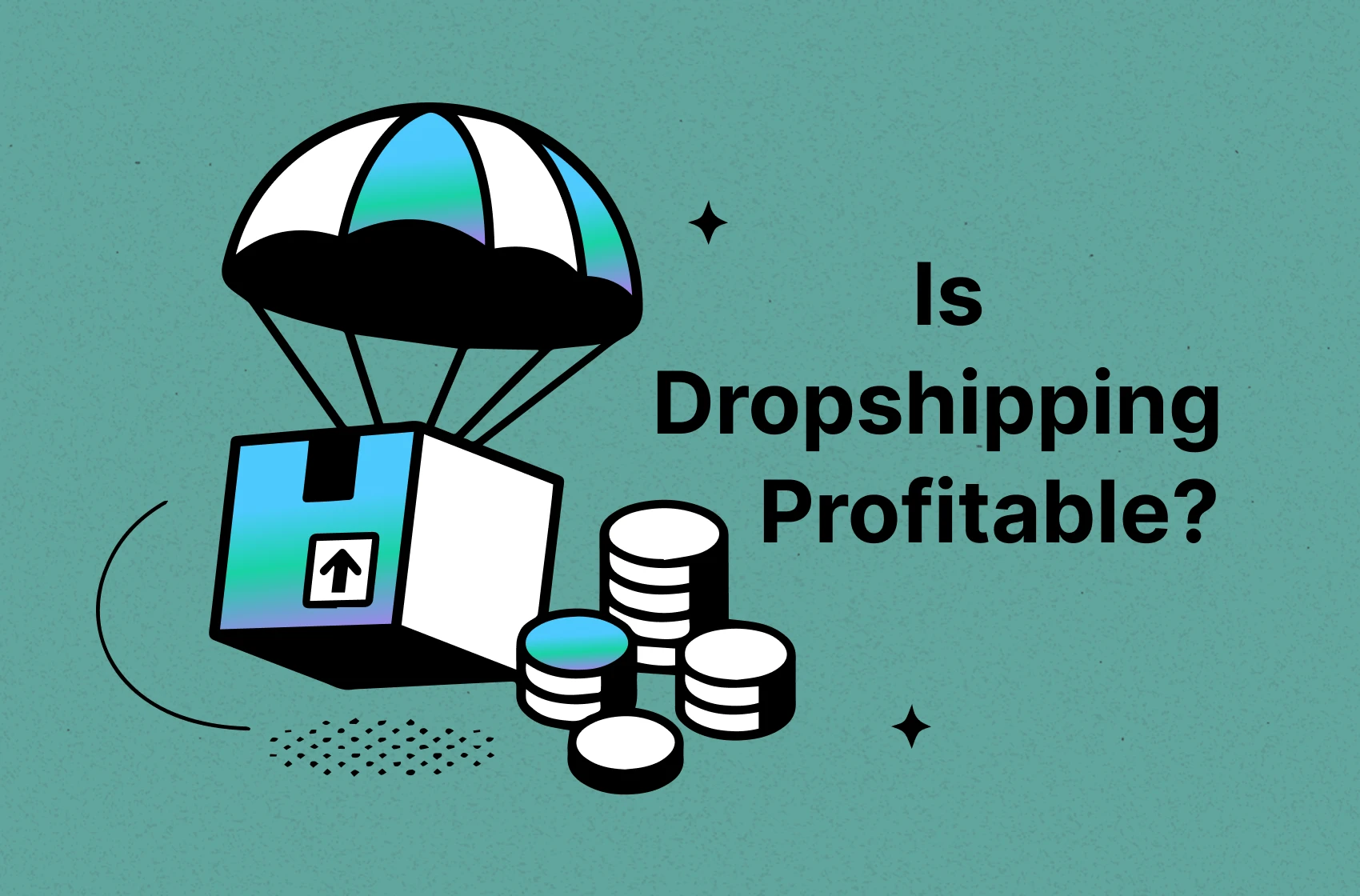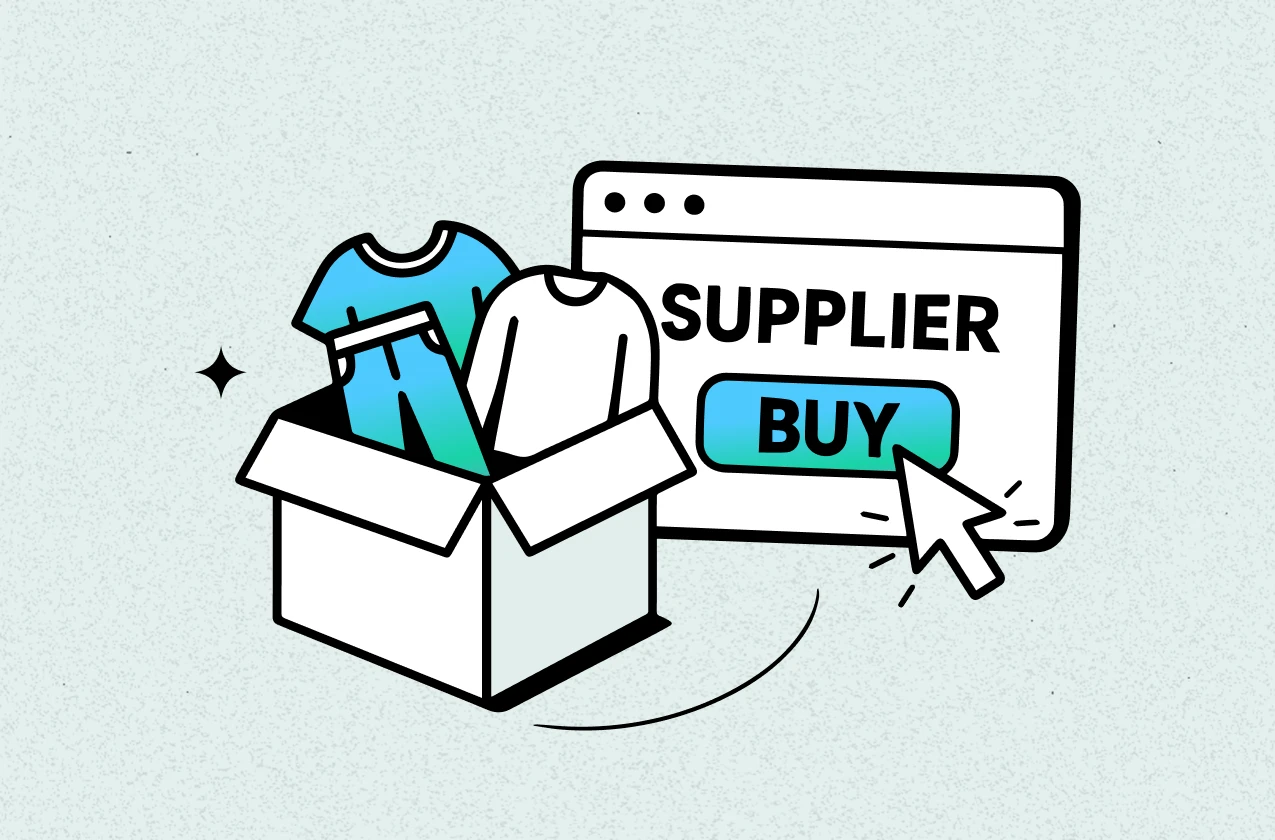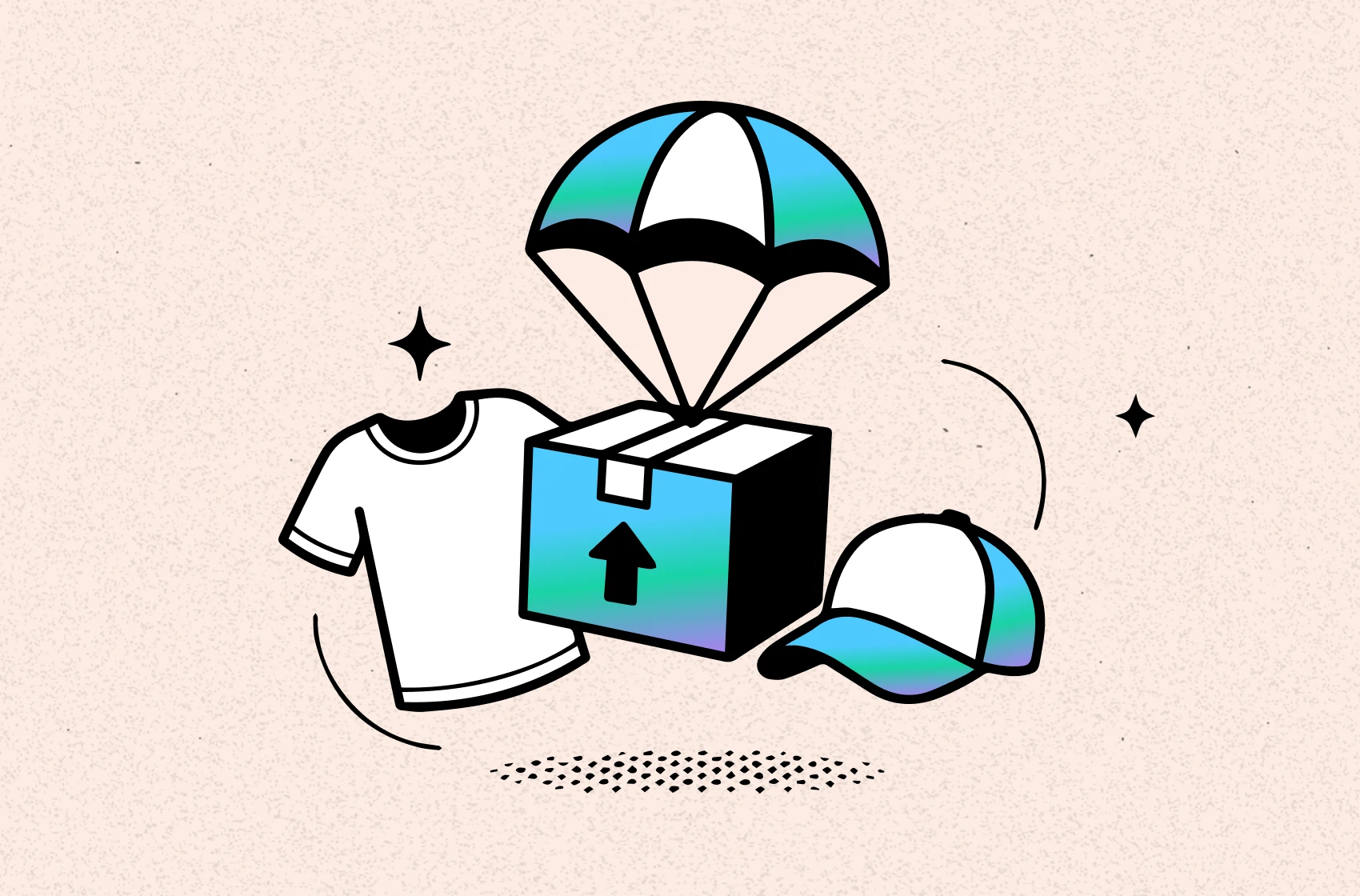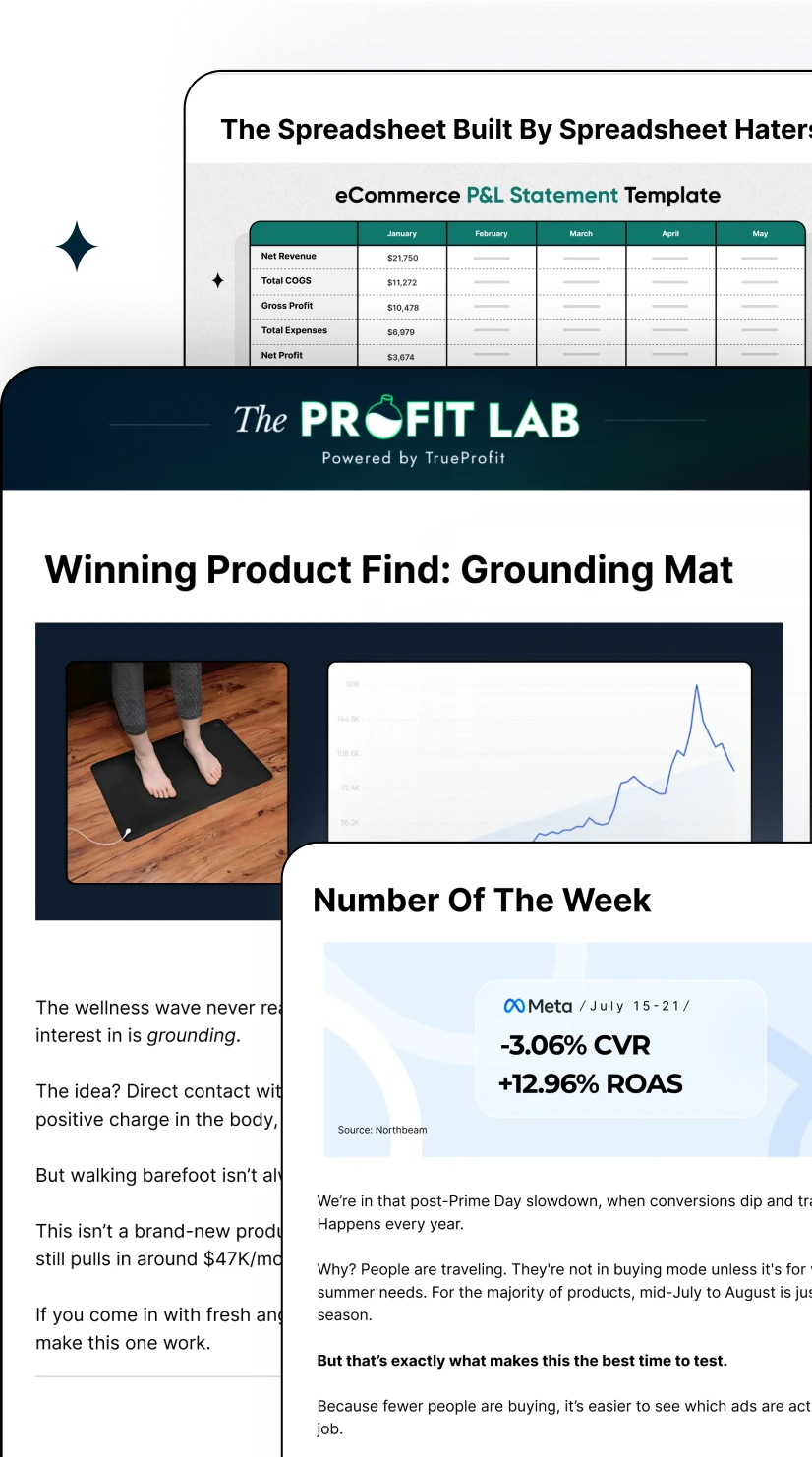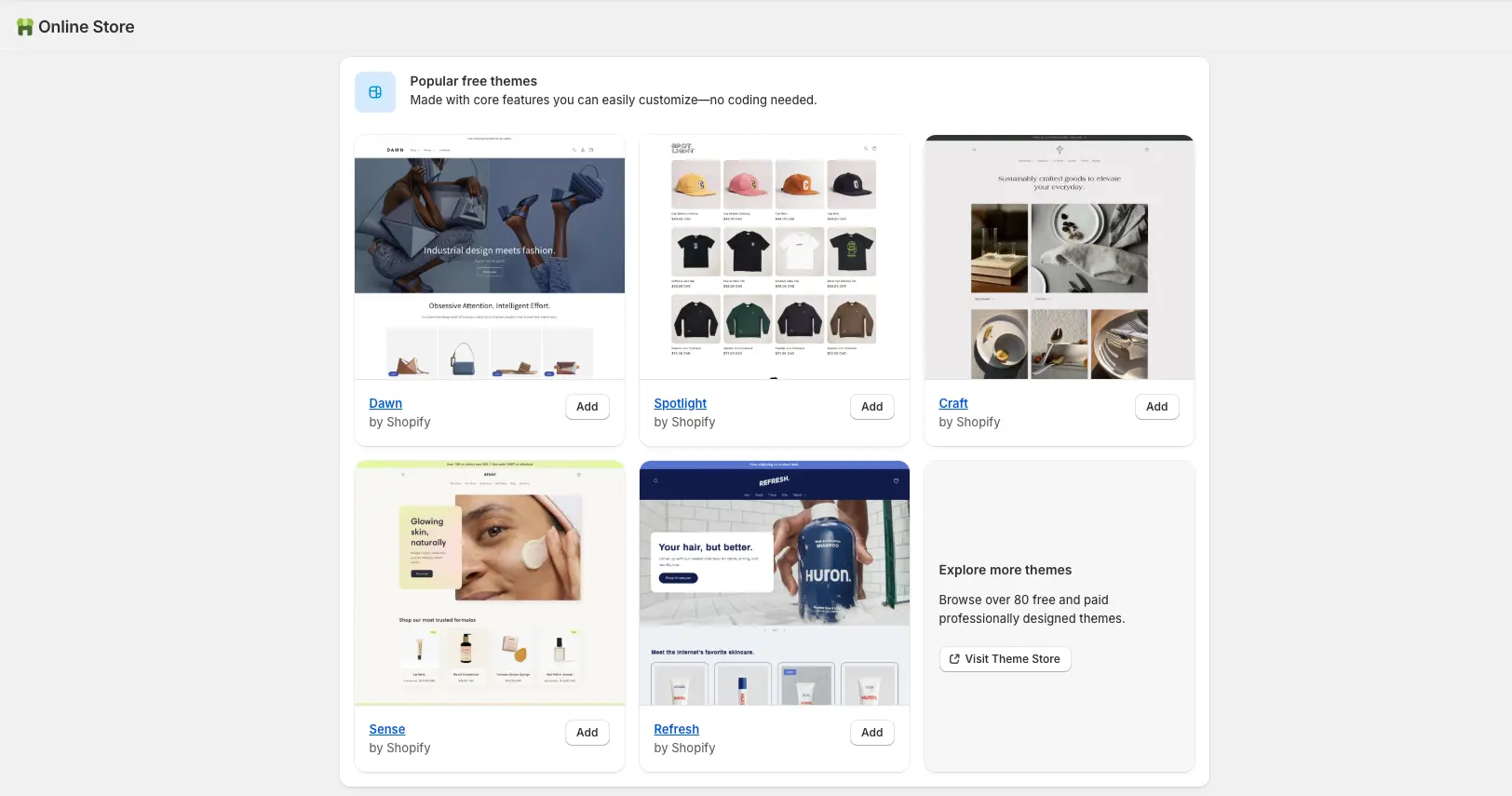How to Dropship on Shopify: Guide for Beginners With Small Budget
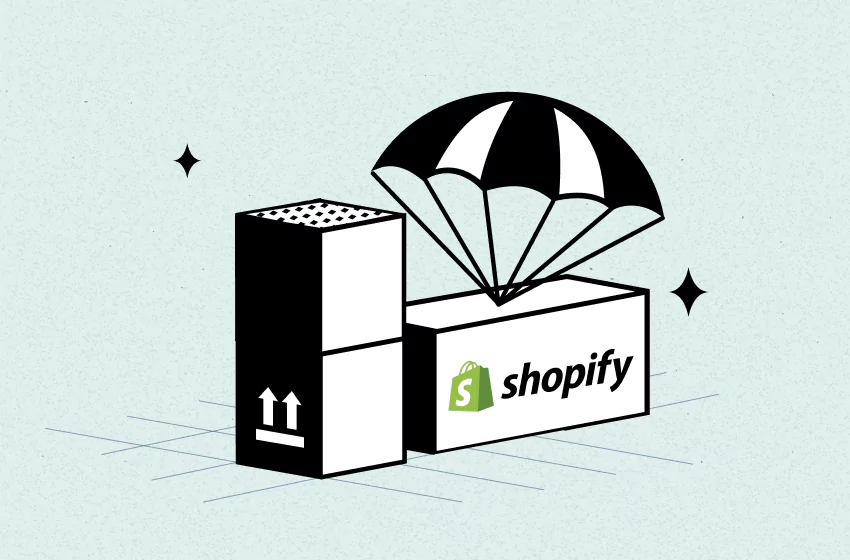
Dropshipping on Shopify is one of the most affordable ways to start an online business; especially if you’re working with a small budget. With the right tools and strategy, you can launch a fully functional store, import products, and start selling without holding inventory or spending heavily on ads.
This guide walks you through each step, from setting up your Shopify store to finding reliable suppliers and promoting your products using free or low-cost methods.
How Does Dropshipping with Shopify Work?
Dropshipping is a beginner-friendly eCommerce model where you sell products online without stocking inventory. Here’s how the process works:
- You set up an online store – typically with a platform like Shopify.
- A customer places an order – and pays you through your store.
- The order is forwarded to your supplier – either manually or automatically via a dropshipping app.
- The supplier ships the product – directly to the customer under your store’s name.
Step 1: Start with Research
Before you even create a Shopify account, invest serious time into understanding the landscape you’re about to enter. With a small budget, every decision matters and research is how you make smart ones.
Start with your target audience. Go beyond basic demographics. Understand their daily life, challenges, motivations, values, shopping behavior, and social media habits. Ask questions like:
- What problem are they trying to solve?
- Where do they spend time online?
- What kind of messaging or product presentation resonates with them?
Then, study your competitors. Look at their products, pricing, website layout, social media presence, customer reviews, and even how they handle shipping and returns. Note what works and where they’re falling short. Tools like Koala Inspector or simply browsing TikTok, Amazon, or Instagram can give you free insights into real-world tactics.
This step saves you money in the long run. Research helps you define a niche with real demand, price your products competitively, craft messaging that connects, and avoid wasting time (and money) building a store that doesn’t convert.
To check how much dropshippers make, read our article on the average dropshipping income.
Step 2: Build a Shopify Store that Reflects Your Research
Once you’ve done your audience and competitor research, it’s time to turn those insights into a real storefront. This step isn’t just about making a website. It’s about building an online store that feels right to your ideal customer.
1. Start your free Shopify trial
Go to Shopify.com and start your 3-day free trial. Shopify will guide you through a quick onboarding process to set up your account.
2. Pick the right theme
Choose a clean, lightweight theme like Dawn. It’s free, fast-loading, mobile-optimized, and easy to customize even if you’ve never built a website before.
3. Customize your branding
This is where your research comes in:
- Colors & fonts: Pick styles that match what your audience likes (e.g., pastel tones for beauty, bold colors for tech).
- Tone of voice: Write copy in a way your audience connects with—casual and fun for Gen Z, or clean and direct for professionals.
- Homepage messaging: Use headlines that call out the biggest benefit your audience cares about (“Fast U.S. shipping,” “Eco-friendly materials,” etc.).
4. Add your logo
Use a free tool like Canva to create a simple logo. Make sure it looks clean and readable on both desktop and mobile. Your logo doesn’t have to be fancy; what matters is consistency with your brand vibe.
Also, don’t forget the basics:
- Add a menu with clear categories
- Write a simple About Us page that connects with your audience
- Include store policies like shipping, returns, and contact info
Step 3: Choose a Dropshipping Supplier and App
Your dropshipping supplier and the app you use to connect with them will define everything from shipping speed to product quality. Getting this part right is crucial; especially if you're working with a small budget and can't afford returns or unhappy customers.
Understand How Dropshipping App Works
When a customer places an order in your Shopify store, your dropshipping app automatically sends the order to your supplier. The supplier then ships the product directly to your customer, and you keep the dropshipping profit margin between the supplier price and your retail price. Your dropshipping app acts like the bridge between your store and the supplier.
Best Dropshipping Apps for Beginners
Here are two beginner-friendly apps that work well with Shopify:
- Zopi (AliExpress & US Dropship): Best for beginners who want access to a wide range of low-cost products from AliExpress. It also supports automated order fulfillment.
- DSers (AliExpress Official Partner): Great if you want to scale. Offers bulk ordering and supplier optimization features to help you choose the best suppliers.
Step 4: Import Products and Set Profitable Prices
Now it’s time to add products to your store using your chosen dropshipping app like Zopi, DSers, or Zendrop. But don’t just pick items based on low cost or viral trends. Focus on products that fit your niche and target audience - the one you researched in Step 1. Consider the following questions:
- Delivery speed: Can they ship to your target country in less than 15 days?
- Customer reviews: Are they getting positive feedback for quality and service?
- Product range: Do they carry related items you could bundle later?
- Order volume: Higher order counts usually signal reliability.
As for pricing, start with a keystone markup (typically 2x the product cost), but don’t forget to include extra expenses like app fees, shipping, returns, and possible refunds. That $10 item might need to be priced at $25–$30 to actually make a profit.
Step 5: Customize Your Product Pages to Convert
Your product pages are your store's 24/7 salespeople. To ensure they convert visitors into customers, focus on these key elements:
1. Write Benefit-Driven Product Descriptions
Instead of listing only features, highlight the benefits of the product. Show how it solves a problem or enhances the customer’s life. Keep the language simple, clear, and customer-focused.
Aim to make the description relatable to your target audience by focusing on what they truly care about. Look at your competitors, but don't just copy them—find ways to make your descriptions stand out.
2. Use High-Quality Product Images
Visuals are crucial for online shopping. Ensure your product photos are high-resolution and well-lit.
You can use free images from your supplier, but enhance them with tools like Canva to make them look more professional. Consistency in style and tone across all product images helps create a cohesive brand experience.
3. Add Trust Elements
Building trust is critical, especially for first-time buyers. To reduce hesitation and increase conversions, include trust badges on your product pages. Additionally, make shipping information and return policies easy to find. Clear communication about delivery times, costs, and returns helps customers feel more confident in their purchase.
Tip: Using tools like Kudosi can help you add these trust signals efficiently, which can help reduce cart abandonment and boost your conversion rate.
Step 6: Market Your Store Without Ads
With a small budget, organic marketing is key. Focus on building traffic and growing your audience without spending on ads. Here’s how:
1. Choose the Right Platforms
Pick 1-2 social media platforms where your target audience is most active, like Instagram, TikTok, or Pinterest. Consistency is essential, so focus on platforms that will give you the most exposure.
2. Create Engaging Content
Use free tools like CapCut and Canva to create professional-looking content, even if you’re not a designer. Post a variety of content:
- User-generated content (UGC): Share customer reviews or photos with your products.
- Product mockups: Showcase your items through mockups if you don’t have product photos yet.
3. Build Traffic Before Your Budget Runs Out
The goal is to grow your audience and build traffic without ads. By focusing on organic strategies, you’ll create a loyal customer base and gather insights that will help you when you’re ready to scale.
Focus on free, organic strategies like consistent content creation, social media engagement, and email marketing. This approach will help you build traffic and an audience, even with a limited budget.
Step 7: Accept and Fulfill Orders Automatically
Once you start getting orders, your dropshipping app (like DSers, Zopi, or Zendrop) will automatically forward them to your supplier. But having an automation app doesn’t mean hands-off, you still need to manage the customer experience carefully.
First, set clear expectations. Make sure your shipping timelines are visible on every product page and during checkout. This prevents confusion and reduces refund requests.
Next, monitor tracking updates daily. If a shipment is delayed or gets stuck, reach out to the supplier early and communicate transparently with the customer. Quick responses show professionalism and can turn a bad situation into a positive review.
To sum up, Shopify dropshipping can be low-cost and beginner-friendly when you start with the right foundation: smart research, a simple store setup, the right products, and organic marketing. With the basics in place, you're ready to grow and track your profits more clearly.
To keep your business sustainable as you grow, you’ll need to know exactly how much you’re making after all costs. Profit tracker tools like TrueProfit help to automatically track Shopify profits so you’re not guessing or buried in spreadsheets. It’s a must-have once the orders start coming in.
Tracy is a senior content executive at TrueProfit – specializing in helping eCommerce businesses scale profitably through content. She has over 4 years of experience in eCommerce and digital marketing editorial writing. She develops high-impact content that helps thousands of Shopify merchants make data-driven, profit-focused decisions.




